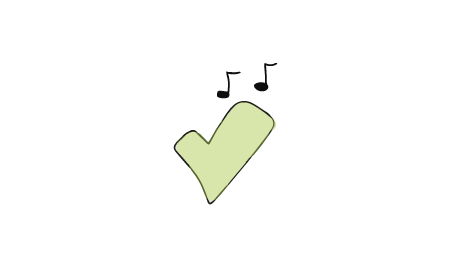
Interaction Situation
The user has carried out an action or made an input and robot has to evaluate/ judge it. The outcome of the action/ input is as expected/ correct and the robot has to communicate this to the user.

Solution
Let the robot express that:
To provide feedback that something was categorized by the robot as correct, a widely known, unambiguous signal should be used. This can either be an expressive green light signal, an affirmative sound (upward motion of tones) or – if the robot has some kind of display – a meaningful symbol (such as a tick or thumbs-up).
Related patterns:
Needed by: Joyful positive feedback, Displeased positive feedback
Opposed patterns: Indication of Incorrectness

Rationale
In daily life, green light signals are commonly used to communicate correctness or approval. For example, traffic lights turn green when passing the street is safe. Many technical devices show a green light when turned on and ready to use.
Best practices in (UI) sound design suggest to use upward motion of tones to express positivity and assurance. In daily life, such sounds can be found, for example, for confirming the reception of a message or correctness of an answer in quiz game applications.
References and further readings:
- Google Material Design Library: https://material.io/design/sound/sound-attributes.html#tonality
- Sounds for indicating success: https://files.design/sounds
- Social media UI sound collections: https://uisounds.prototypr.io/

